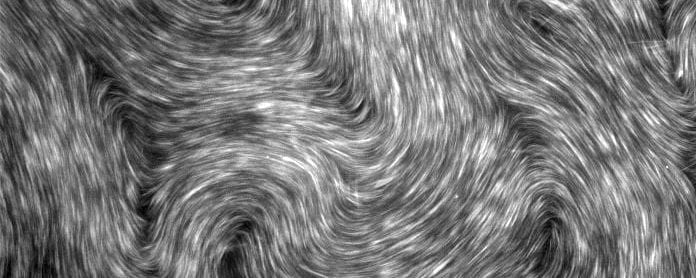CFP: Synthese Special Issue: Multiscale Modeling and Active Materials

Guest Editors:
- Patrick McGivern (University of Wollongong, Australia)
- Nick Brancazio (University of Wollongong, Australia)
Topic overview:
The focus of this special issue is on philosophical problems concerning the techniques and strategies required in order to model and understand active materials. Active materials include self-propelled nanoparticles, motor proteins and microtubules, and colloidal suspensions of cells and bacteria. Such materials display many of the bulk properties associated with larger-scale living systems: they are far-from-equilibrium systems that are often described in agential, goal-oriented terms; they engage in emergent, collective behaviours such as flocking and swarming; and they exhibit distinctive properties and behaviours across a range of different spatial and temporal scales. Within materials science, there are a variety of techniques, such as homogenization and multi-scale analysis, for modelling materials that have drastically different structures and features at different scales. These techniques aim to integrate the characteristic, dominant features of the materials at different scales. In many cases, these techniques suggest that mesoscale and macroscale features are essential for understanding the properties of materials. This contrasts with reductionist views, according to which all characteristics of materials stem entirely from features at the most fundamental scale. Work on active matter raises a host of new questions regarding such methods.
Paper topics could include (but are not limited to):
- What types of features can be modelled and explained across multiple scales?
- Are characteristically ‘high-level’ features, such as agency and goal-directed behavior, also found on much smaller scales?
- To what extent are techniques such as multi-scale analysis and homogenization importable to the active materials case?
- How are these techniques justified? What underlying principles are used to distinguish reliable models from unreliable ones?
- Can multiscale techniques be applied to active materials, or do new techniques need to be developed?
- What does research on active matter tell us about philosophical debates on emergence, reduction, explanation, or inter-theoretic relations?
The deadline for submissions is May 31st.
For more information, please contact the guest editors.
- Patrick McGivern patrickm@uow.edu.au
- Nick Brancazio nick_brancazio@uow.edu.au